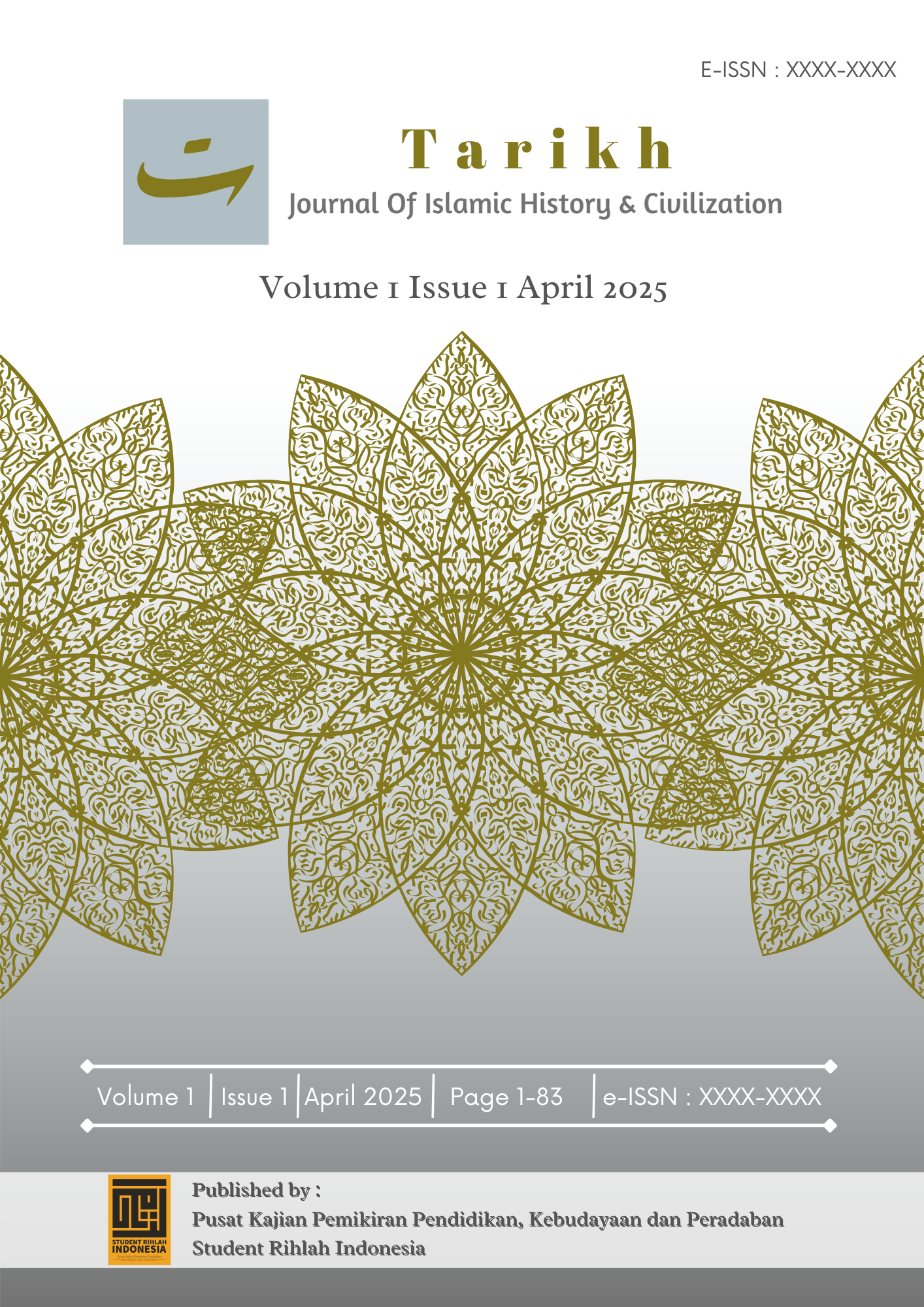Analisis Kritis Atas Adaptasi Dan Interaksi Filsafat Mesir Kuno Dengan Islam
Main Article Content
Abstract
The purpose of this study is to analyze the adaptation and interaction of ancient Egyptian philosophy with Islam to regenerate the history of science. This research uses a qualitative approach and literature study method. Based on the results of the research, the development of philosophy in Egypt today is one of the important parts of a number of philosophical developments in the world of Islām. Through Egypt, philosophy spread to various parts of Islām because Egypt had opened very wide opportunities for scientific activities and gave freedom to anyone to study philosophy in particular and science in general. The development of Islamic philosophy in Egypt consists of two forms, the first is in the form of efforts to preserve the study of philosophy by reprinting all philosophical turats that have developed and the second is the development of philosophy carried out by holding seminars and discussions on various interesting topics. In addition, in Egypt there are institutions that concentrate on studying and analyzing various scientific issues, including philosophy.
Downloads
Article Details
Section

This work is licensed under a Creative Commons Attribution-ShareAlike 4.0 International License.
You are free to:
- Share — copy and redistribute the material in any medium or format for any purpose, even commercially.
- Adapt — remix, transform, and build upon the material for any purpose, even commercially.
- The licensor cannot revoke these freedoms as long as you follow the license terms.
Under the following terms:
- Attribution — You must give appropriate credit , provide a link to the license, and indicate if changes were made . You may do so in any reasonable manner, but not in any way that suggests the licensor endorses you or your use.
- ShareAlike — If you remix, transform, or build upon the material, you must distribute your contributions under the same license as the original.
- No additional restrictions — You may not apply legal terms or technological measures that legally restrict others from doing anything the license permits.
Notices:
You do not have to comply with the license for elements of the material in the public domain or where your use is permitted by an applicable exception or limitation .
No warranties are given. The license may not give you all of the permissions necessary for your intended use. For example, other rights such as publicity, privacy, or moral rights may limit how you use the material.
How to Cite
References
Afrizal. (2014). Filsafat Islam di Mesir Kontemporer. PT. Raja Grafindo Persada.
Atawna, A. A. M., & Othman, M. R. (2015). Obstacle Faced the Democratic Transition in Egypt in Muhammad Mursi Era. Procedia - Social and Behavioral Sciences, 172, 540–547. https://doi.org/10.1016/j.sbspro.2015.01.400
Edriss, H., Rosales, B. N., Nugent, C., Conrad, C., & Nugent, K. (2017). Islamic Medicine in the Middle Ages. The American Journal of the Medical Sciences. https://doi.org/10.1016/j.amjms.2017.03.021
Edwards, H. G. M., Villar, S. E. J., David, A. R., & De Faria, D. L. A. (2004). Nondestructive Analysis of Ancient Egyptian Funerary Relics by Raman Spectroscopic Techniques. Analytica Chimica Acta, 503(2), 223–233. https://doi.org/10.1016/j.aca.2003.10.057
Isidro, A., & Herrerin, J. (2017). Meningeal Preservation in a Child Mummy from Ancient Egypt. World Neurosurgery, 100, 579–582. https://doi.org/10.1016/j.wneu.2017.01.058
Khalifa, M. A. (2017). General Characteristics of Quartz Arenite Types and Their Role in the Recognition of Sequence Stratigraphic Boundaries in Ancient Coastal and Near Shore Sediments. A Case Study From Egypt and Saudi Arabia. Journal of African Earth Sciences, 130, 274–292. https://doi.org/10.1016/j.jafrearsci.2017.03.013
Mufid, F. (2016). Penyerapan dan Motivasi Umat Islam Mengembangkan Filsafat. Theologia, 27(1), 127–146.
Muhammad, A. (2015). Perkembangan Filsafat Islam di Mesir Modern. Miqot, XXXIX(1), 1–20.
Nasution, H. (1978). Falsfah dan Mistisme. Bulan Bintang.
Ni’amah, L. U. (2016). Filsafat Dakwah yang Terabaikan. Kontemplasi, 04(1), 75–100.
Ritaudin, M. S. (2015). Mengenal Filsafat dan Karakteristiknya. Studi Agama Dan Pemikiran Islam, 9(1), 127–144.
Sallam, E. S., & Ruban, D. A. (2017). Palaeogeographical Type of the Geological Heritage of Egypt. Journal of African Earth Sciences, 129, 739–750. https://doi.org/10.1016/j.jafrearsci.2017.02.022
Thahir, H. (2005). Al-Falsafah Al-Islamiyah fi Al-’Ashr Al-Hadits. Nadhah Al-Misriyyah.
Thayyib, H. (2005). Al-Janib Al-Naqdy fi Falsafah Abi Al-Barakat Al-Bagdady. Dar Al-Syuruq.
Zou’bi, M. R. (2015). Science Education in the Islamic World: A Snapshot of the Role of Academies of Sciences. Procedia - Social and Behavioral Sciences, 192(2004), 359–363. https://doi.org/10.1016/j.sbspro.2015.06.051
